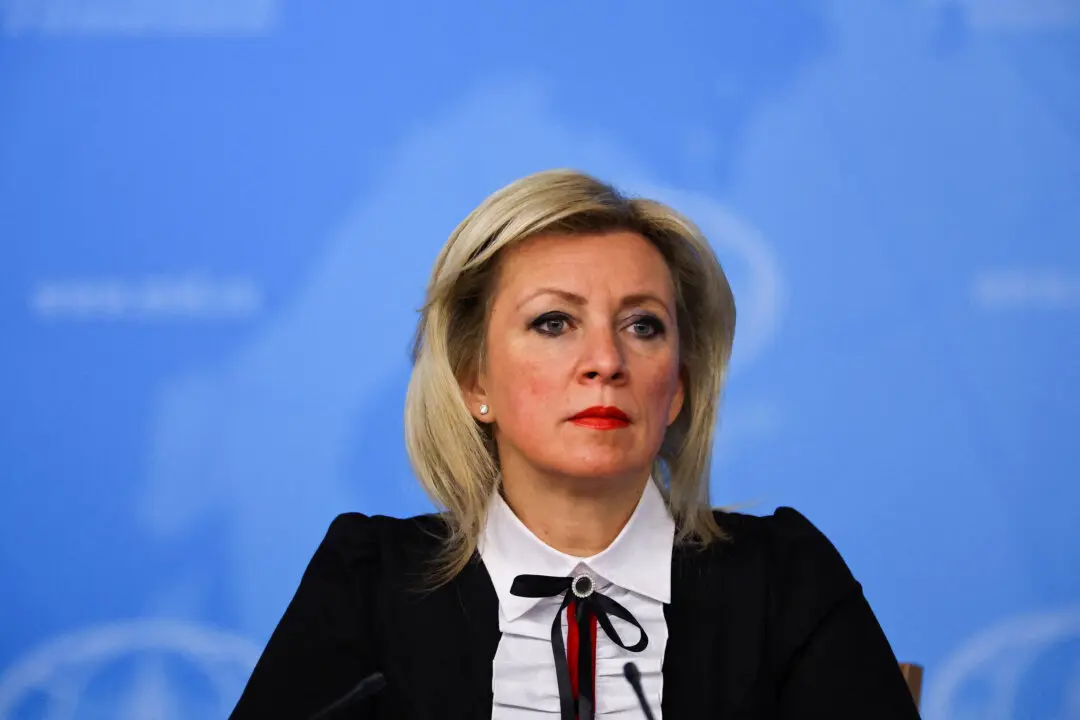A key gauge the Federal Reserve uses to assess the pace of inflation against the central bank’s 2 percent target fell more sharply than analysts expected in July, though it remains at near 40-year highs, suggesting little reprieve is likely from the central bank’s fight to tame inflation by hiking rates.
The core Personal Consumption Expenditures (PCE) price index, which strips out the volatile categories of food and energy and is considered to be the inflation tracker the Fed relies on most heavily when setting interest rates, clocked in at 4.6 percent in annual terms in July, government data show.





